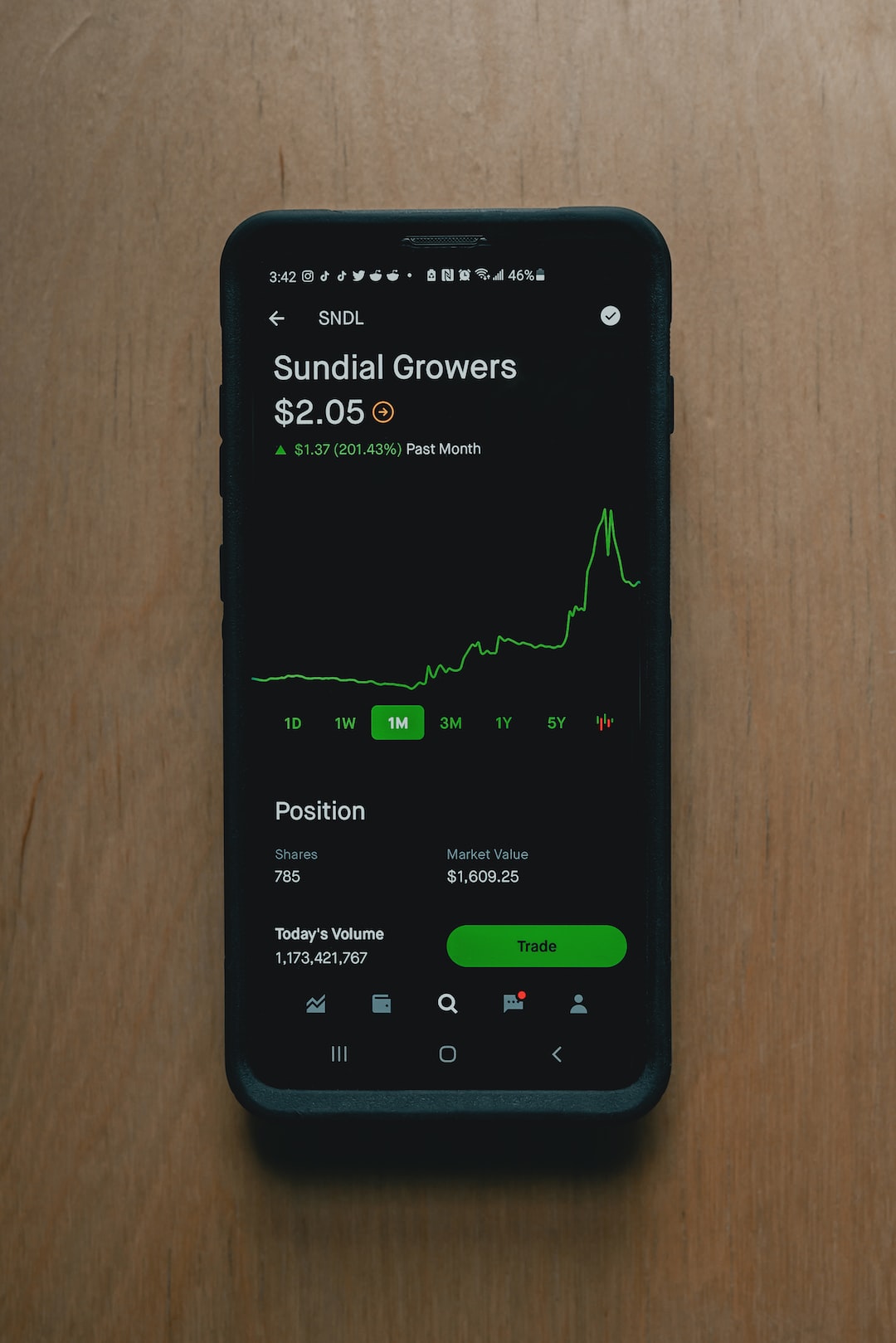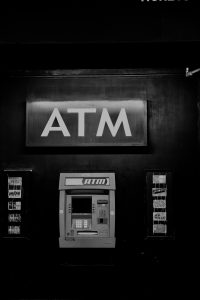Forex trading is a highly volatile and unpredictable market, which makes it essential for traders to have effective risk management strategies in place. One such strategy is the use of a trailing stop, which is an order that automatically adjusts the stop-loss level as the trade moves in the trader’s favor. The trailing stop is a crucial tool that helps traders to lock in profits and minimize losses. However, the challenge for many traders is determining the best forex trailing stop percent to use.
What is a Trailing Stop?
A trailing stop is an order type that allows traders to set a stop-loss level that will move with the price action. As the price moves in the trader’s favor, the trailing stop will automatically adjust to a predetermined distance from the current price. This distance is usually expressed as a percentage of the market price, and it is known as the trailing stop percent.
For example, if a trader sets a trailing stop of 5%, and the market price is $100, the stop-loss level will be at $95 if the price falls. However, if the price rises to $110, the stop-loss level will move up to $104.5 (5% below the current market price).
The Best Trailing Stop Percent
The best trailing stop percent varies depending on the trader’s trading style, risk tolerance, and the market conditions. Generally, a trailing stop of between 5% to 15% of the market price is considered effective for most traders. However, the trailing stop percent that works for one trader may not work for another trader.
To determine the best trailing stop percent, traders need to consider several factors, including the volatility of the market, the trading timeframe, and the trading strategy.
Market Volatility
The volatility of the market is a crucial factor in determining the best trailing stop percent. In highly volatile markets, traders may need to use a wider trailing stop to avoid being stopped out prematurely. Conversely, in less volatile markets, a tighter trailing stop may be more effective.
For instance, if the market is experiencing high volatility due to a major news event or economic data release, a trailing stop of 10% or more may be appropriate. However, in a stable market, a trailing stop of 5% or less may be sufficient.
Trading Timeframe
The timeframe that a trader uses to trade is also an essential consideration when selecting the best trailing stop percent. Traders who trade on shorter timeframes, such as day traders or scalpers, may need to use a tighter trailing stop than traders who trade on longer timeframes.
For instance, a day trader who trades on a 5-minute chart may use a trailing stop of 3% or less, while a swing trader who trades on a daily chart may use a trailing stop of 10% or more.
Trading Strategy
The trading strategy that a trader employs also plays a significant role in determining the best trailing stop percent. Traders who use a trend-following strategy may use a wider trailing stop, while traders who use a breakout strategy may use a tighter trailing stop.
For example, a trader who uses a trend-following strategy may use a trailing stop of 15% or more, while a trader who uses a breakout strategy may use a trailing stop of 5% or less.
Conclusion
In conclusion, the best forex trailing stop percent is a subjective matter that varies depending on the trader’s trading style, risk tolerance, and the market conditions. However, a trailing stop of between 5% to 15% of the market price is generally considered effective for most traders. Traders should also consider the volatility of the market, the trading timeframe, and the trading strategy when selecting the best trailing stop percent. Ultimately, traders should test different trailing stop percentages and adjust accordingly to find what works best for them.





